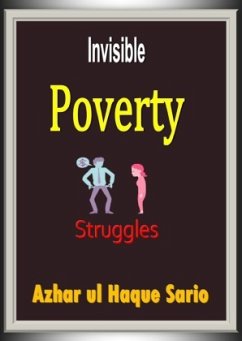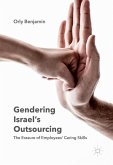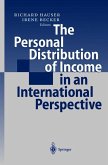Invisible Poverty Struggles delves into the multifaceted nature of poverty, exploring its various dimensions and the profound impact it has on individuals and communities. In the chapter "Defining Poverty," the book distinguishes between absolute and relative poverty, highlighting the inability to meet basic needs and the social exclusion that comes from being significantly below the average standard of living. It introduces the concept of multidimensional poverty, which goes beyond income to consider deprivations in health, education, and living standards. The book emphasizes the importance of understanding these different aspects to create effective poverty reduction strategies. Moving forward, the book addresses specific groups and issues related to poverty. "The Working Poor" chapter debunks stereotypes and highlights the structural barriers that keep people in low-wage work, while "The Feminization of Poverty" examines the gender pay gap, single mothers' struggles, and the impact of gender-based violence. "Poverty and Place" explores urban and rural poverty, regional disparities, and the role of geography in influencing poverty rates. The book also discusses the intergenerational cycle of poverty, the toll it takes on health and mental well-being, and the criminalization of poverty through fines, fees, and discriminatory policies. Through a conversational tone, Invisible Poverty Struggles aims to shed light on the hidden aspects of poverty and inspire readers to think critically about solutions.
Bitte wählen Sie Ihr Anliegen aus.
Rechnungen
Retourenschein anfordern
Bestellstatus
Storno








